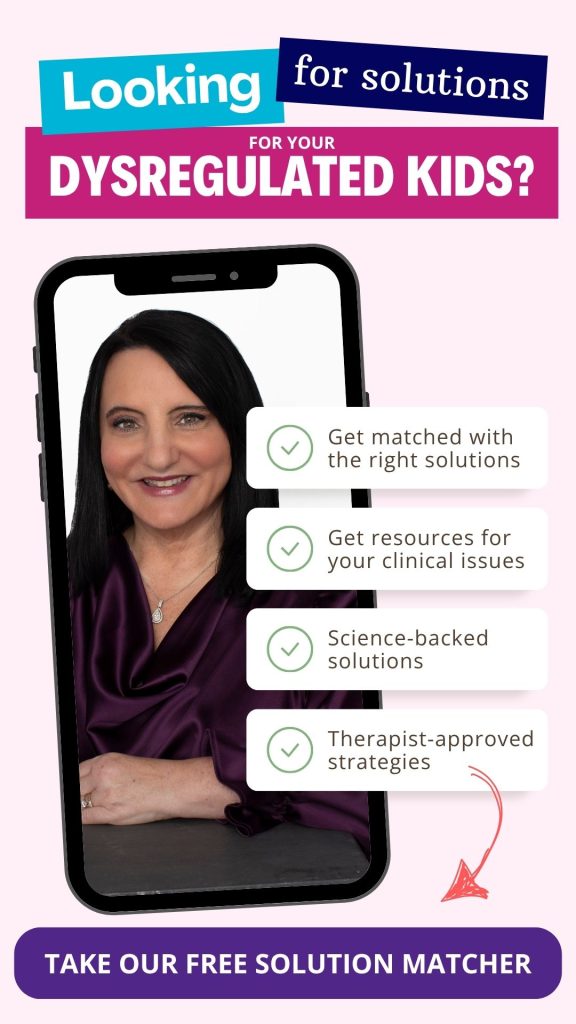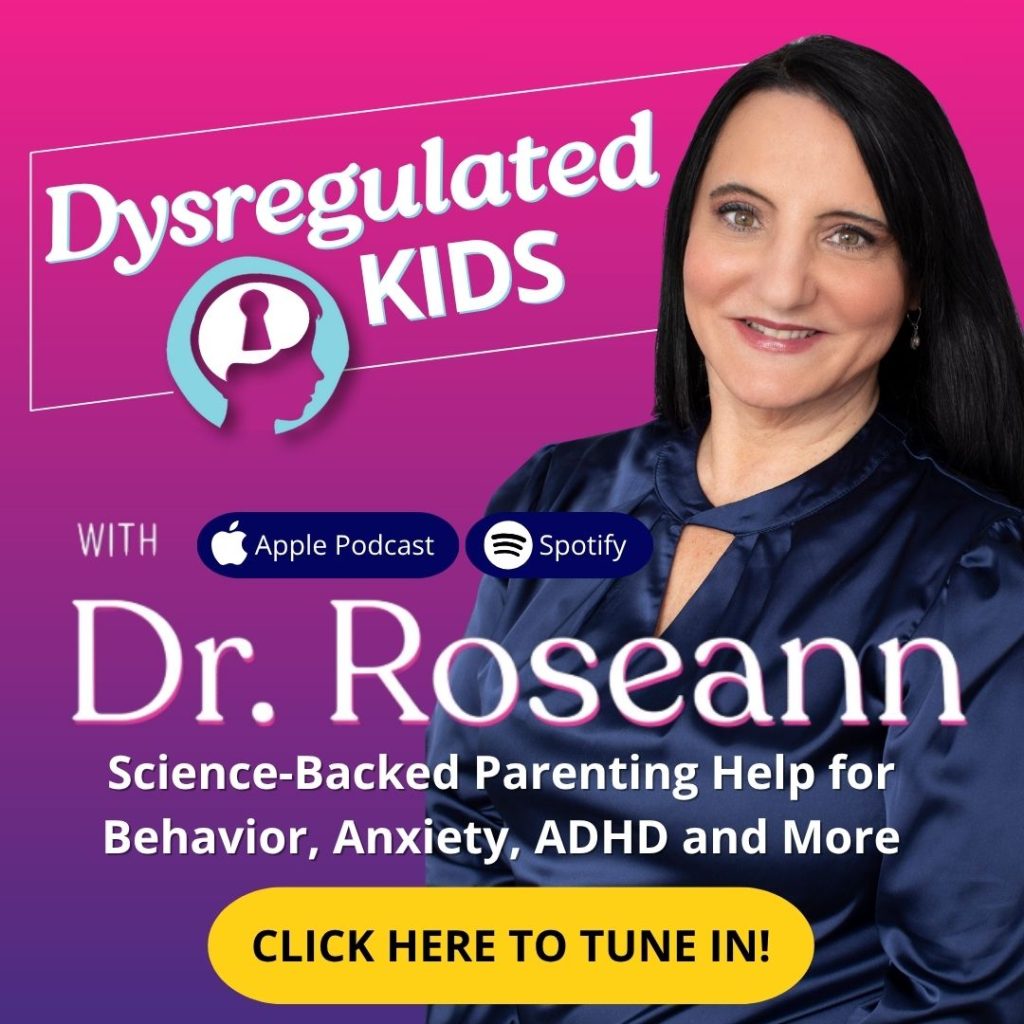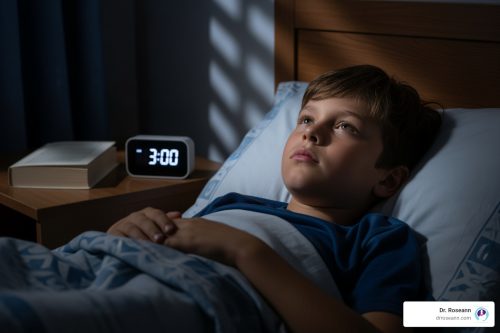A practical parent’s guide to calming the nervous system and finding the right autism treatment for your child.
If your child has been struggling with big emotions, sensory overload, or social communication, then you are probably a parent of a child who is neurodivergent and more specifically has Autism Spectrum Disorder (ASD).
Many parents feel overwhelmed when their child shows signs of autism. You may have heard conflicting advice, tried different therapies, or simply felt stuck, unsure where to begin. The good news is: there are effective autism treatments—and they don’t all involve medication.
In this blog, we’ll walk through what autism really looks like, how it affects your child’s nervous system, mental health and development, and what you can do to support their unique needs using proven, natural, and science-backed solutions.
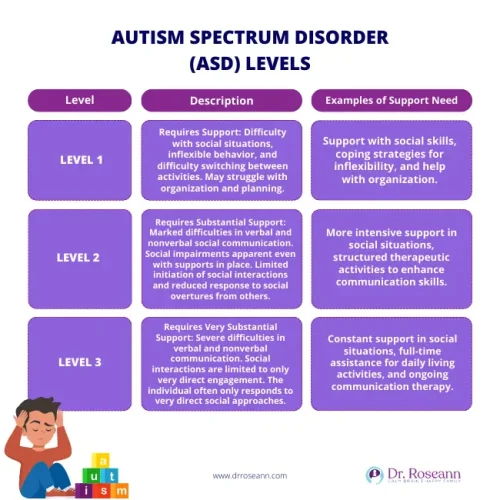
What is the most effective treatment for autism?
There is no one-size-fits-all solution—but the most effective autism treatment plans are highly individualized and begin by addressing the foundation of all behavior and learning: the nervous system.
Here’s why that matters: When a child is stuck in a constant state of fight, flight, or freeze, their brain is on high alert—making it nearly impossible to focus, connect, or absorb new information. This physiological stress response hijacks executive functioning and emotional regulation. That’s why calming the brain isn’t just helpful—it’s essential.
Read: Autism and Executive Functioning

Regulating the nervous system paves the way for all other therapies to actually work. It’s like trying to teach a child to swim in stormy water—first, we calm the waves, then we help them build skills with confidence and safety.
Proven treatments for autism include:
- Neurofeedback therapy to train the brain for better regulation
- Speech and language therapy for communication skills
- Occupational therapy for sensory and daily functioning
- Social skills training to support peer interaction
- Pulsed Electromagnetic Field (PEMF) therapy to support nervous system regulation (Dr. Roseann’s CALM PEMF® device is a safe, drug-free option)
How do I know which treatment is right for my child?
Start by observing where your child experiences the most difficulty in day-to-day life. Are they having a hard time expressing themselves? Do they get overwhelmed by loud noises or transitions? Is focus or following directions a major challenge?
Pay attention to patterns in these five key areas:
- Communication: Are they delayed in speech, or struggle to express wants and needs?
- Focus and attention: Do they frequently zone out or bounce from one task to another?
- Behavior: Are meltdowns, aggression, or rigidity getting in the way of daily routines?
- Emotional regulation: Do small stressors lead to big emotional reactions?
- Sensory processing: Are certain sounds, lights, clothes, or textures extremely distressing—or do they seek intense sensory input?

These clues point you toward what part of the nervous system needs the most support first, helping you select the treatments and tools that match your child’s real needs—not just their diagnosis.
Then, ask yourself:
- What makes my child calm or dysregulated?
- Are their symptoms consistent in all environments, or situational?
- How does my child respond to structure, touch, or redirection?
Julia’s story: Julia’s son was diagnosed with autism at age 4. She noticed he’d often go from calm to a full-blown meltdown after recess or noisy lunch periods. Transitions and sensory overload seemed to set him off, but she couldn’t quite connect the dots. A QEEG brain map later revealed significant sensory overactivation. By starting PEMF therapy to help regulate his nervous system and adding occupational therapy to support sensory integration, Julia saw a major shift. Her son began staying calm longer and was finally able to participate in circle time without dysregulating.
The right treatment supports your child’s unique nervous system—not just a diagnosis.
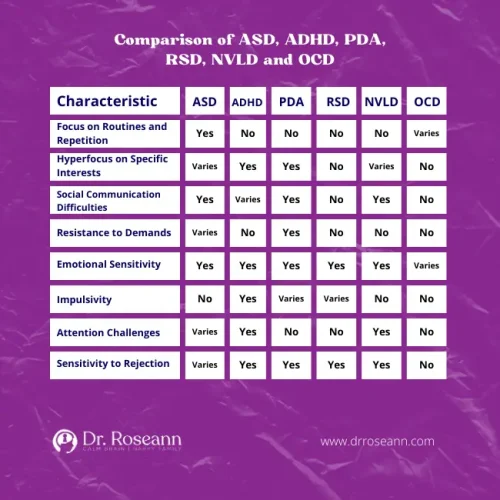
What are the signs that my child needs autism treatment?
Autism doesn’t always show up in ways you might expect—and many signs are overlooked because they don’t fit the so-called “classic” picture of autism. In reality, many kids with autism are labeled as shy, quirky, defiant, or even just sensitive before anyone considers an evaluation.
That’s why it’s so important to understand how autism-related dysregulation can show up in real life—not just on a checklist.
Look for these signs across 3 core areas:
1. Communication challenges
- Limited eye contact
- Delayed speech or language regression
- Echolalia (repeating words)
2. Behavioral and social struggles
- Difficulty with transitions or changes in routine
- Trouble understanding social cues
- Extreme distress in group settings
3. Sensory sensitivities
- Overreacts to noise, lights, or textures
- Seeks or avoids sensory input (spinning, crashing, avoiding touch
Read: What is SPD? A Parent’s Guide to Sensory Processing Disorder
Signs of Dysregulation in Autism vs. ADHD
| Symptom Area | Autism | ADHD |
|---|---|---|
| Emotional Regulation | Meltdowns often triggered by sensory overload or changes | Quick frustration or anger from boredom or overstimulation |
| Focus & Attention | Hyperfocus on preferred topics; distracted by sensory input | Easily distracted by external stimuli; trouble sustaining focus |
| Social Interaction | Difficulty reading social cues, limited eye contact | May interrupt or talk excessively but eager to engage |
| Sensory Processing | Strong aversions or cravings (e.g., avoids tags, craves spinning) | May fidget or seek movement but less impacted by textures or sounds |
| Behavioral Rigidity | Insistence on sameness; distress with routine changes | Impulsive behavior; resistance often stems from boredom or frustration |
Dysregulation can look different depending on whether it’s rooted in autism or ADHD—understanding the difference helps guide the right support.
Read: NVLD vs Autism: Decoding Neurodevelopmental Difference
Read: Your Child’s AUDHD Test: Steps, Tools, and What Happens Next
Are there natural treatments for autism that actually work?
Yes—and for many families, the biggest breakthroughs come from non-medication options that calm the brain and support true regulation—without side effects, guesswork, or the emotional rollercoaster that often comes with trying multiple medications. These natural treatments work with the body to improve focus, mood, and behavior by addressing the root cause—nervous system dysregulation.
Here are a few science-backed natural autism treatments:
- PEMF therapy: Helps calm the brain and improve emotional regulation
- Magnesium supplementation: Supports neurotransmitter balance and reduces anxiety
- Diet changes: Removing inflammatory foods (like gluten or dairy) can reduce symptoms in some kids
- Self-regulation practices: Like deep breathing, movement breaks, and sensory tools
Parent win: Lucas’ mom added magnesium and sensory breaks to his daily routine, and within weeks he went from daily tantrums to calmer mornings. She said, “It felt like I got my sweet boy back.”
When should autism treatment begin?
As early as possible. The earlier you intervene, the better the outcome—because of a powerful brain process called neuroplasticity.
Neuroplasticity means the brain can change, grow, and form new pathways—especially during childhood. When we introduce calming strategies, sensory supports, and therapeutic interventions early, we help the brain learn healthier patterns of behavior, emotional regulation, and communication.
In simple terms, the earlier you support a dysregulated brain, the easier it is for that brain to adapt and thrive.
Even before a formal diagnosis, you can:
- Start using sensory supports
- Reduce nervous system stress with diet, routines, or PEMF
- Teach co-regulation strategies
Early intervention rewires the brain for the better. The key is not to “wait and see” when something feels off.
Neuroplasticity by Age Range
| Age Range | Why It Matters | Key Opportunities |
|---|---|---|
| 0–3 years | Brain is highly adaptable to input and new patterns | Early bonding, sensory processing support, first words and skills |
| 4–8 years | Social, academic, and emotional skills are rapidly developing | Self-regulation tools, social interaction, foundational learning |
| 9–12 years | Executive function challenges become more noticeable | Boosting independence, routines, and coping strategies |
| 13+ years | Brain is still able to rewire with the right support, though habits are more set | Emotional maturity, life skills, stress regulation, identity work |
Neuroplasticity allows for growth at any age—but the earlier we intervene, the easier it is to help the brain build healthier, lasting pathways.
Read: Autism Failure to Launch: Supporting Autistic Young Adults

Can children with autism get better with treatment?
Absolutely. Autism symptoms can reduce and your child can be more regulated.
While autism is lifelong, the brain can change—and it does with the right support. That’s the power of neuroplasticity, the brain’s ability to form new pathways when it’s given the tools it needs.
When we focus on calming the nervous system and building consistent routines, coping strategies, and therapeutic support, we give a child’s brain the best chance to thrive. The earlier we start, the more profound those changes can be—but it’s never too late to make meaningful progress.
What progress might look like:
- Improved emotional regulation
- Stronger communication
- More flexibility with change
- Better sleep and behavior
- More connection
Does autism always require medication or behavioral therapy?
Not at all.
Medication isn’t the only answer—and often it’s not the first answer.
Many parents are surprised to learn that behavioral therapy and medication aren’t the only ways—or the best ways—to support a child with autism. While these approaches may help some children, they often fall short when used without addressing what’s happening inside the brain.
Autism is a neurodevelopmental condition, which means it’s rooted in how the brain is wired. When we look through the lens of neuroplasticity—the brain’s ability to change and grow—we understand that supporting the brain with regulation-based strategies can lead to powerful and lasting improvements.
Treatments like neurofeedback, PEMF therapy, and sensory-informed interventions work with the brain to build new pathways. These methods are especially effective when combined with skill-building and lifestyle support, giving your child a stronger foundation for learning, communication, and emotional regulation.
In fact, many families find that:
- Meds increase anxiety or make symptoms worse
- Behavioral therapy alone isn’t enough
- Natural treatments (like PEMF or neurofeedback) create lasting changes without side effects
Behavioral therapy can be helpful for the child and parent, especially when parents are coached on how to help a child regulate. When parents learn how to co-regulate and respond to behaviors through a calm and consistent lens, it not only helps the child feel safe but also strengthens the parent-child connection.
Dr. Roseann recommends a brain-based, integrative approach that includes:
- Nervous system regulation
- Skill-building therapies
- Lifestyle, nutritional, and environmental changes
Expert Opinions on Autism Treatment
“The most important thing we can do for kids with autism is calm their nervous system first.” —Dr. Roseann Capanna-Hodge
“Regulation is the foundation for all learning and connection.” —Dr. Mona Delahooke, child psychologist
“You don’t have to change your child. You just need to understand them.” —Barry Prizant, Ph.D., author of Uniquely Human
Next Steps for Autism Support
When it comes to autism treatment, there is no one perfect path—only the path that works for your child.
If you’ve been overwhelmed or unsure where to begin, just remember: calming the brain first is the most powerful step you can take.
You’re not alone. There’s hope. And there are natural, effective treatments to help your child thrive.
FAQs
What is the best treatment for autism?
The best treatment is a personalized plan that begins with calming the nervous system, then layering on therapies like speech, OT, and neurofeedback.
Can autism be treated without medication?
Yes. Many families see progress using non-medication approaches like PEMF, magnesium, and behavioral therapy.
Does insurance cover autism treatment?
It depends. Many therapies (like speech and OT) are covered. Natural treatments like PEMF or neurofeedback may require private pay but are often more effective long term.
How long does autism treatment take?
It’s ongoing, but many kids make big gains within 6 to 12 months with the right supports in place.
Is it ever too late to start autism treatment?
Never. While early intervention is ideal, the brain can change at any age.
Terminology
- ASD (Autism Spectrum Disorder): A neurodevelopmental condition affecting social communication and behavior
- PEMF (Pulsed Electromagnetic Field): A therapy that uses magnetic pulses to calm the nervous system
- Neurofeedback: A brain training therapy that helps improve regulation and function
- Self-regulation: A child’s ability to manage emotions, behaviors, and body responses
Citations
Dworzynski, K., Ronald, A., Bolton, P., & Happé, F. (2012). How Different Are Girls and Boys Above and Below the Diagnostic Threshold for Autism Spectrum Disorders? Journal of the American Academy of Child & Adolescent Psychiatry, 51(8), 788–797. https://doi.org/10.1016/j.jaac.2012.05.018
Hanna Bertilsdotter Rosqvist, Hultman, L., Sofia Österborg Wiklund, Nygren, A., Storm, P., & Sandberg, G. (2023). Naming ourselves, becoming neurodivergent scholars. Disability & Society, 1–20. https://doi.org/10.1080/09687599.2023.2271155
Happé, F., & Ronald, A. (2008). The “Fractionable Autism Triad”: A Review of Evidence from Behavioural, Genetic, Cognitive and Neural Research. Neuropsychology Review, 18(4), 287–304. https://doi.org/10.1007/s11065-008-9076-8
Hertz-Picciotto, I., Croen, L. A., Hansen, R., Jones, C. R., van de Water, J., & Pessah, I. N. (2006). The CHARGE Study: An Epidemiologic Investigation of Genetic and EnvironmentalFactors Contributing to Autism. Environmental Health Perspectives, 114(7), 1119–1125. https://doi.org/10.1289/ehp.8483
Waizbard‐Bartov, E., Ferrer, E., Heath, B., Rogers, S. J., Nordahl, C. W., Solomon, M., & Amaral, D. G. (2022). Identifying autism symptom severity trajectories across childhood. Autism Research. https://doi.org/10.1002/aur.2674
Wong, C. T., Wais, J., & Crawford, D. A. (2015). Prenatal exposure to common environmental factors affects brain lipids and increases risk of developing autism spectrum disorders. European Journal of Neuroscience, 42(10), 2742–2760. https://doi.org/10.1111/ejn.13028
Dr. Roseann is a mental health expert in Neurodivergence who frequently is in the media:
- Helping Children Thrive Podcast Benefits of Neurofeedback for children with ADHD
- Very Well Mind What Is Asperger Syndrome?
- Parents Are Your Kid’s Meltdowns a Sign of Rejection Sensitive Dysphoria?
Always remember… “Calm Brain, Happy Family™”
Disclaimer: This article is not intended to provide health advice. It is recommended to consult with a physician before beginning any new wellness program. The effectiveness of diagnosis and treatment varies by patient and condition. Dr. Roseann Capanna-Hodge, LLC does not guarantee specific results.
Are you looking for SOLUTIONS for your struggling child or teen?
Dr. Roseann and her team are all about science-backed solutions—so you are in the right place!
©Roseann Capanna-Hodge



